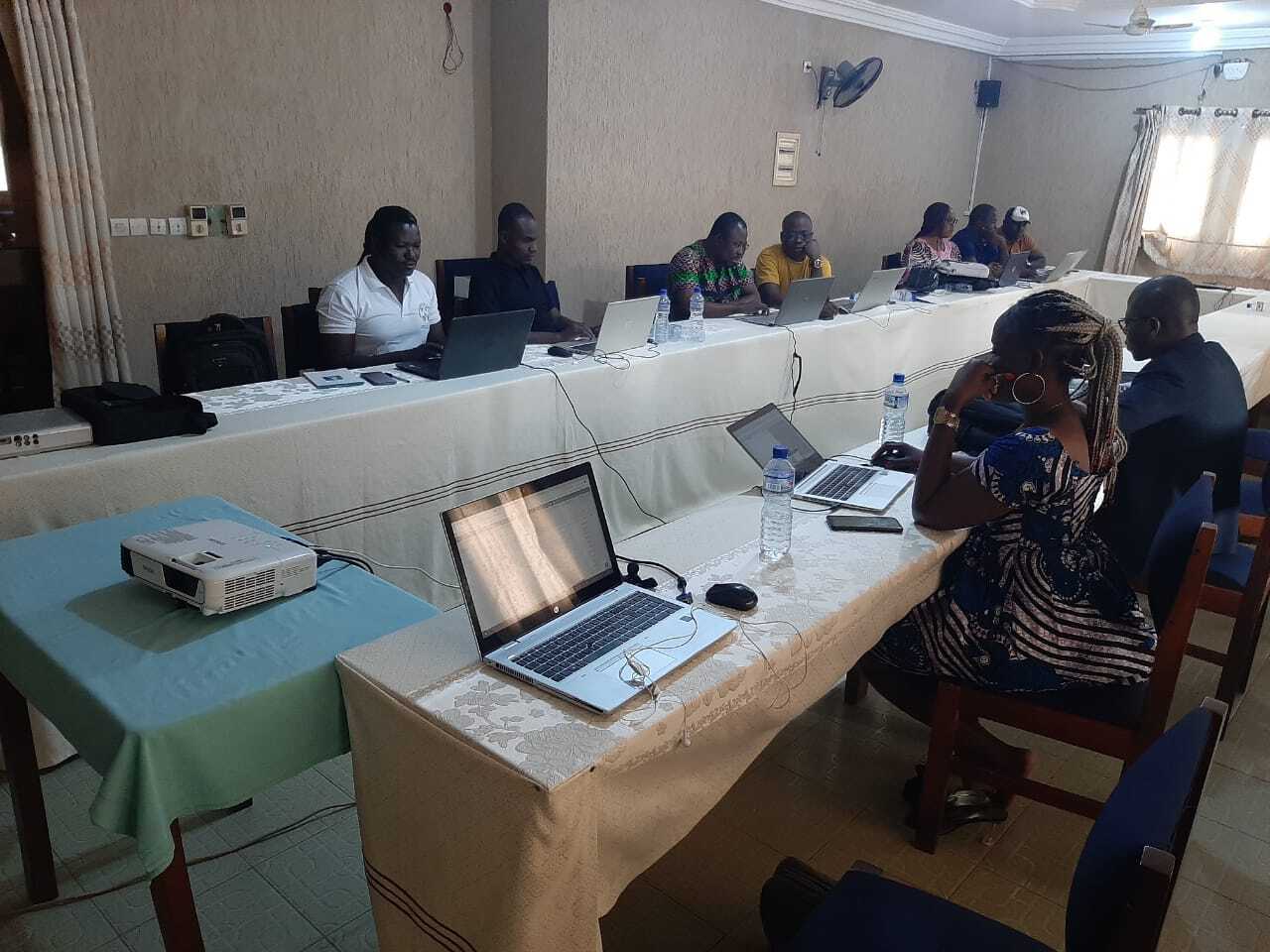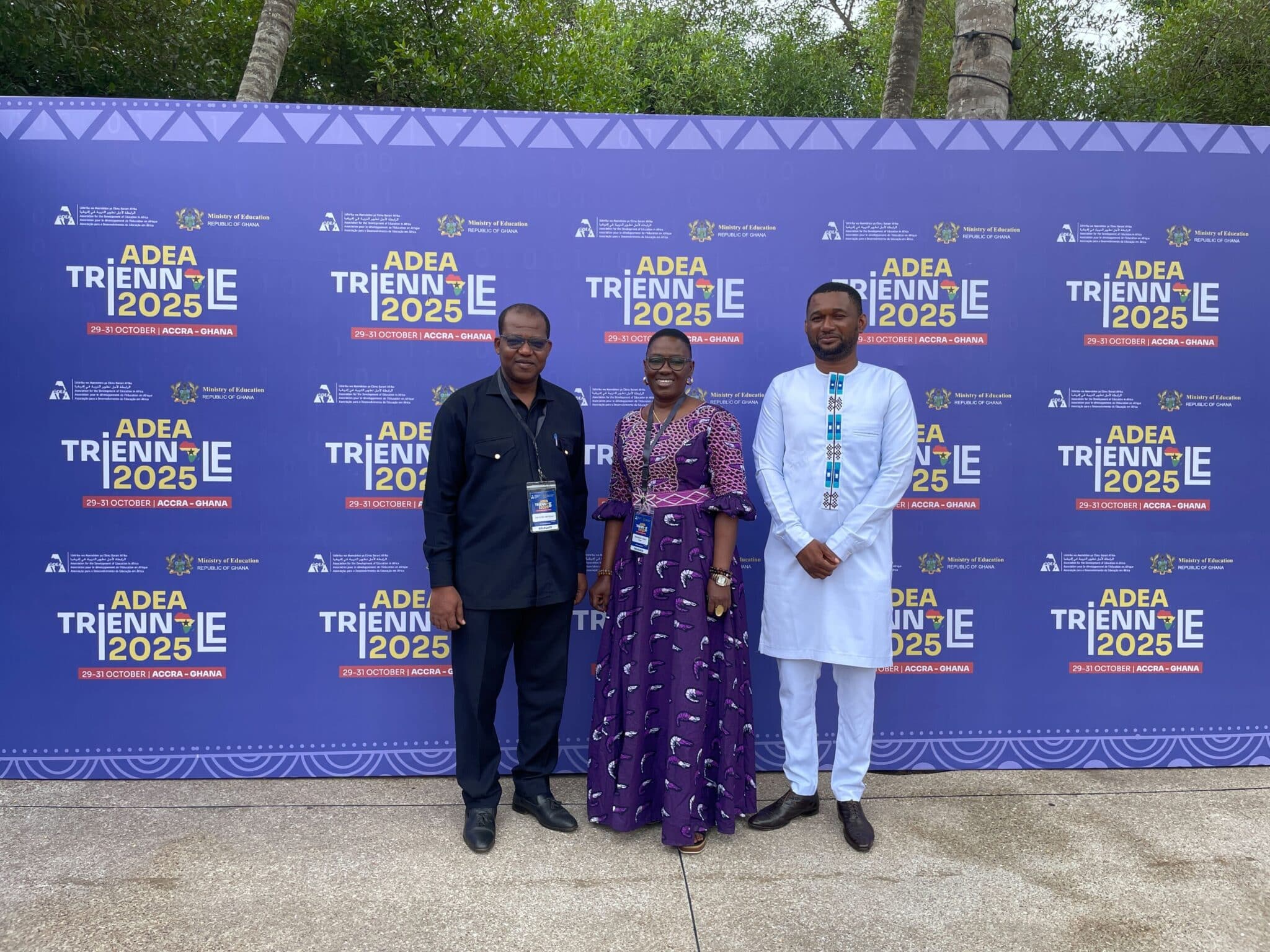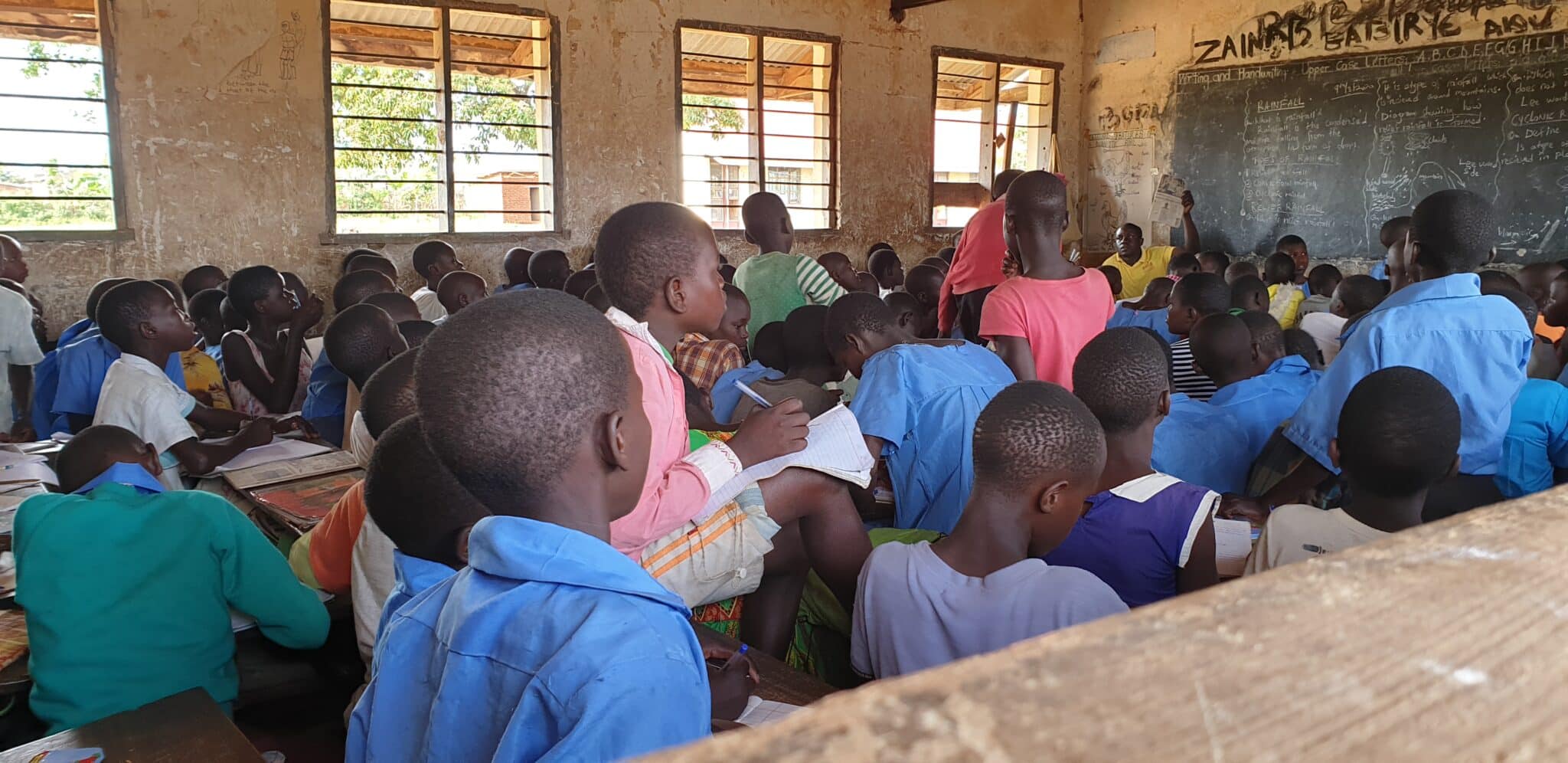
HISP WCA develops DHIS2 EMIS for education data analysis and visualization in Togo
HISP WCA, with the assistance of GPE KIX and Norad, developed an EMIS based on the DHIS2 platform which puts the schools and their local stakeholders at the heart of the decentralized information system.
The Ministry of Primary, Secondary, Technical and Handicraft Education (MEPSTA), which is responsible for education management in Togo, routinely employs statistical analysis of data from all the schools in the country to achieve data-driven decision-making. Historically, it has relied on a hybrid paper-based and digital system for the management of education information in the country. Data from all 16,000 pre-primary, primary, and secondary schools are first collected on paper forms which are forwarded to the education inspectorates for review and subsequent entry into StatEduc, an education statistical application used for analytics in about 20 countries. Subsequently, the records in StatEduc are transmitted up the education management hierarchy through the regional level to the federal level where they are analyzed for policy guidance. However, StatEduc has limited analytical tools, thus making the sub-national levels dependent on analyses that are done at the central level.
In 2020, MEPSTA developed an education sector plan that revolves around the quality of teaching and learning, the improvement of equitable access to basic education, improvement of the information system, decentralization, empowerment and transparency based on accountability.
To support the Ministry in the implementation of its plan, HISP West & Central Africa (WCA), with the assistance of GPE KIX and Norad, developed an education management information system (EMIS) based on the DHIS2 platform, which puts the schools and their local stakeholders at the heart of the decentralized information system. In 2021, DHIS2 was implemented in interoperability with the StatEduc application, which serves as the data collection tool, while DHIS2 processes them and provides information products. The combination of the two platforms facilitates the transmission and sharing of data at all levels of the hierarchical organization of the education system, providing the schools and actors at the sub-national level the opportunity to access their data at any time in dynamic and easy-to-understand dashboards. This solution, therefore, allows the visualization and analysis of data in real-time through key indicators such as the number of enrollments by level, the teacher-learner ratio, the success rate in national exams, and the success rate by gender, among others. These indicators are also more easily measured as aggregated or disaggregated data.
Additionally, schools now have the opportunity to compare themselves to their peers using the School Report Cards. The DHIS2 EMIS developed by HISP WCA also pulls historical data from StatEduc into DHIS2 for analysis and visualization.
Finally, the system supports individual-level data, making it possible for the Ministry to monitor the progress of individual learners, as well as track the evolution of essential development indicators.
The DHIS2 EMIS system is currently under review by the Ministry of Education of Togo.
For more information, contact: Edem Kossi, HISP WCA


